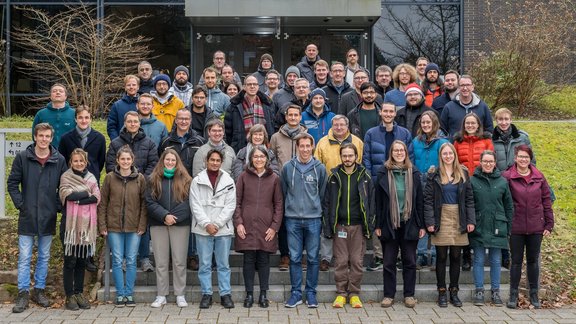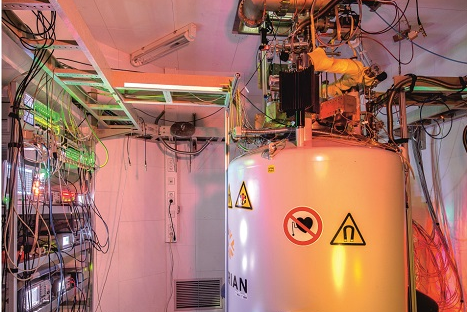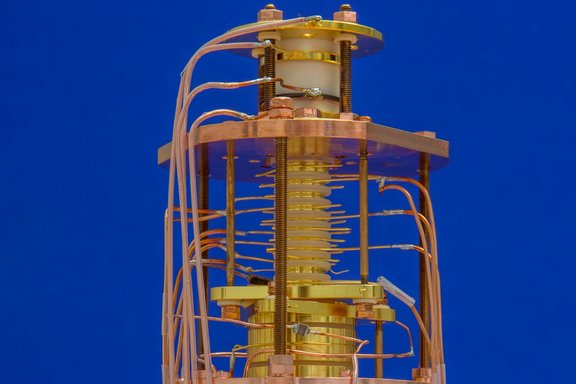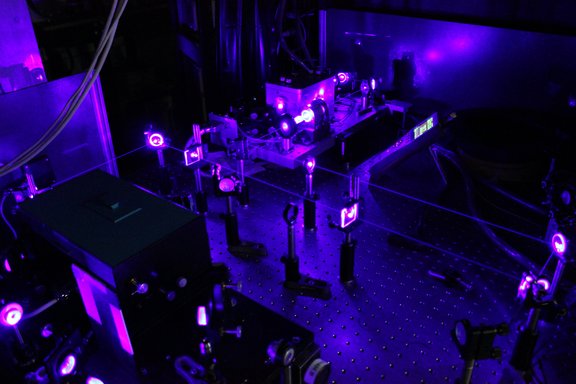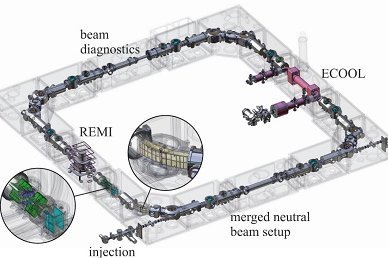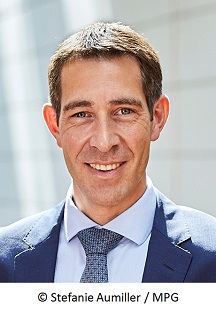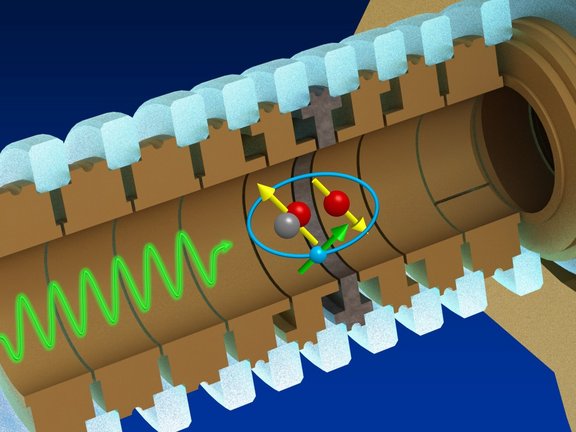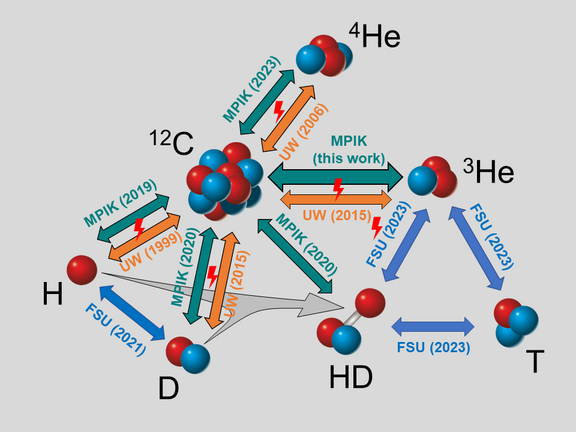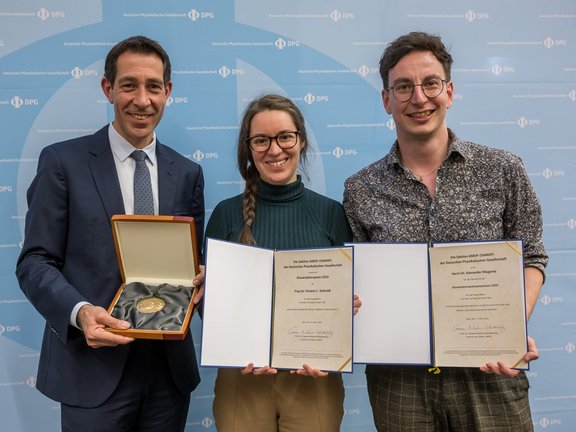Gespeicherte und gekühlte Ionen
Die experimentelle Abteilung „Gespeicherte und gekühlte Ionen“ befasst sich mit Präzisionsexperimenten zur Bestimmung von atomaren und nuklearen Grundzustandseigenschaften gespeicherter Ionen für Tests fundamentaler Wechselwirkungen und ihren Symmetrien sowie mit der Erforschung elementarer Prozesse molekularer Ionen. Dazu werden kurzlebige Radionuklide, Antimaterie, hochgeladene Ionen oder einfache Molekülionen in Penningfallen oder im kryogenen Speicherring CSR unter Weltraumbedingungen gefangen. Auch die Entwicklung neuer Speicher-, Kühl- und Nachweistechniken für zukünftige Experimente ist ein wichtiger Forschungsschwerpunkt der Abteilung.
Nachrichten
Zerstörungsfreie Kontrolle des Quantenzustands eines einzelnen molekularen Wasserstoffions
Mit der ALPHATRAP-Penningfalle am MPIK gelang Physiker:innen die zerstörungsfreie Kontrolle und Auslesung der inneren Quantenzustände eines…
Das letzte Teil zur Lösung des Puzzles leichter Kerne
Mit der hochpräzisen Penningfalle für leichte Ionen (LIONTRAP) haben Physiker:innen des MPIK und des GSI Helmholtzzentrums für Schwerionenforschung…
DPG-Dissertationspreis für Viviane Schmidt
Der diesjährige Dissertationspreis der Deutschen Physikalischen Gesellschaft, Sektion Atome, Moleküle, Quantenoptik und Photonik, wurde in diesem Jahr…
